Oregon’s volcanic past has blessed the state with some incredible mineral deposits. While many know about our famous sunstones, few realize that diamonds have been found here too.
Looking for diamonds isn’t easy – it takes time, patience, and most importantly, knowing where to search. We’ve spent months researching and talking to local geologists and experienced rockhounds to find the most promising spots.
Now, we’ll share the best locations we’ve found for diamond hunting in Oregon. We’ve done the hard work of finding these spots so you don’t have to waste time searching in the wrong places.
Whether you’re a beginner or an experienced rock hunter, these spots are worth checking out.
How Diamonds Form Here
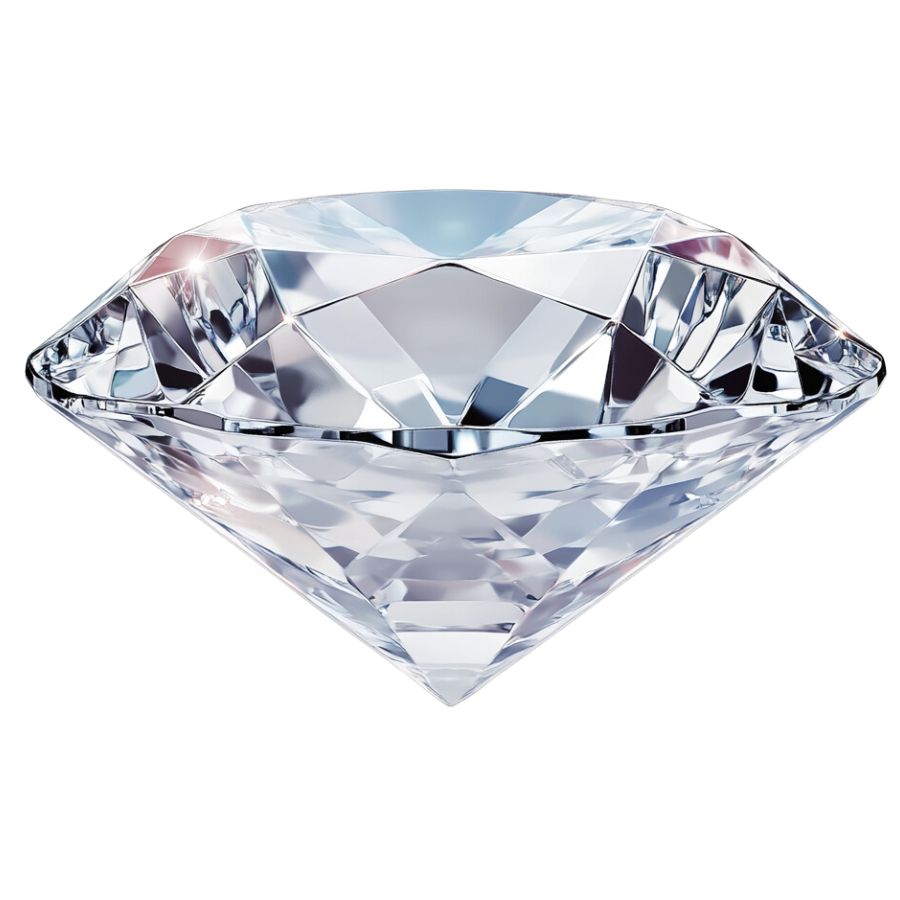
Diamonds form deep within the Earth, about 90 to 200 kilometers below the surface, where conditions are extreme.
Here, carbon atoms are subjected to intense heat—around 900 to 1,300 degrees Celsius—and immense pressure, about 45 to 60 kilobars. This environment causes the carbon to crystallize into diamond structures over millions to billions of years.
Over time, erosion and weathering expose these stones, making them accessible for mining.
What’s amazing is that each diamond’s journey from deep within the Earth makes it unique, with its own shape, size, and clarity.
The Types of Diamonds
Diamonds are classified into various types based on their structure and color. Here are some of the popular types of diamond:
Black Diamond
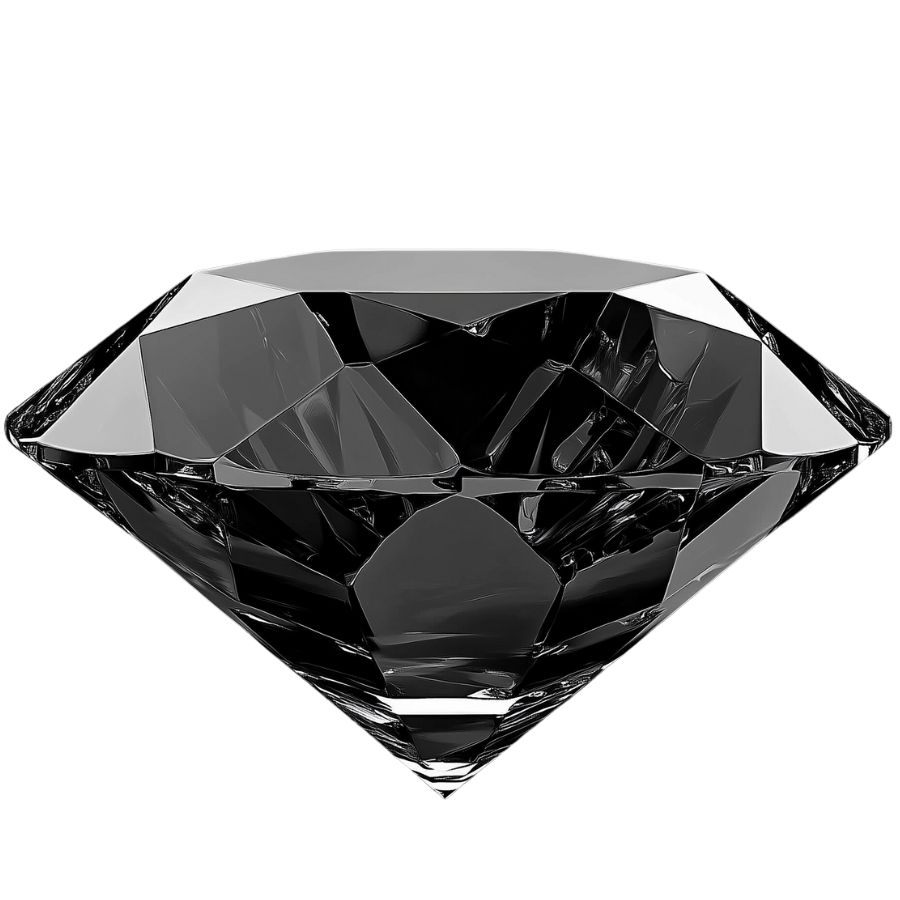
Black diamonds, also known as carbonados, are truly one-of-a-kind. Unlike their clear cousins, these stones are opaque and have a matte finish.
They don’t sparkle in the traditional sense but have a unique, mysterious charm all their own.
What makes black diamonds special is their age and formation. Most are believed to be 2.6 to 3.2 billion years old, making them some of the oldest gemstones on Earth.
Their dark color comes from numerous inclusions and the presence of graphite or other minerals.
Recently, a massive black diamond called “The Enigma” made headlines. Weighing 555.55 carats, it showcases the growing interest in these unusual stones.
Yellow Diamond
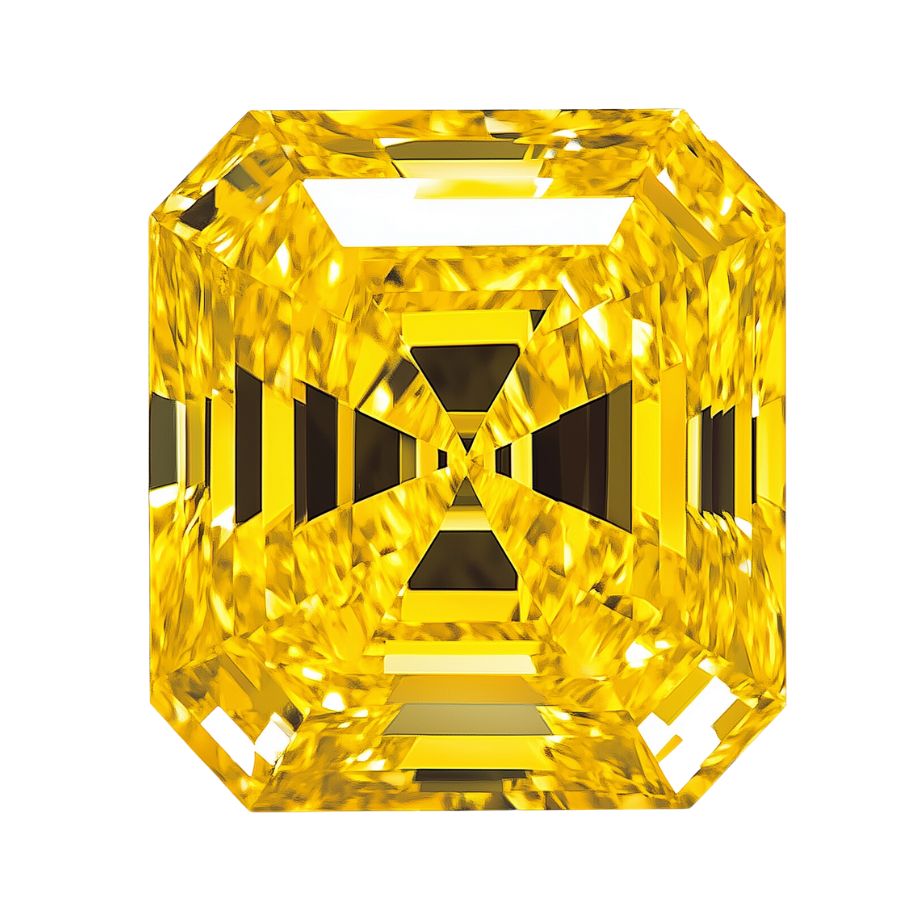
Yellow diamonds shine with a vibrant, sunny hue. Their color ranges from light yellow to deep, intense shades.
This beautiful color comes from nitrogen atoms in the diamond’s structure. These atoms absorb blue light and reflect yellow, giving the stone its unique appearance.
Unlike clear diamonds, yellow diamonds are graded based on their color intensity. The deeper and richer the yellow, the more valuable the stone. This grading system is different from the one used for colorless diamonds.
Blue Diamond
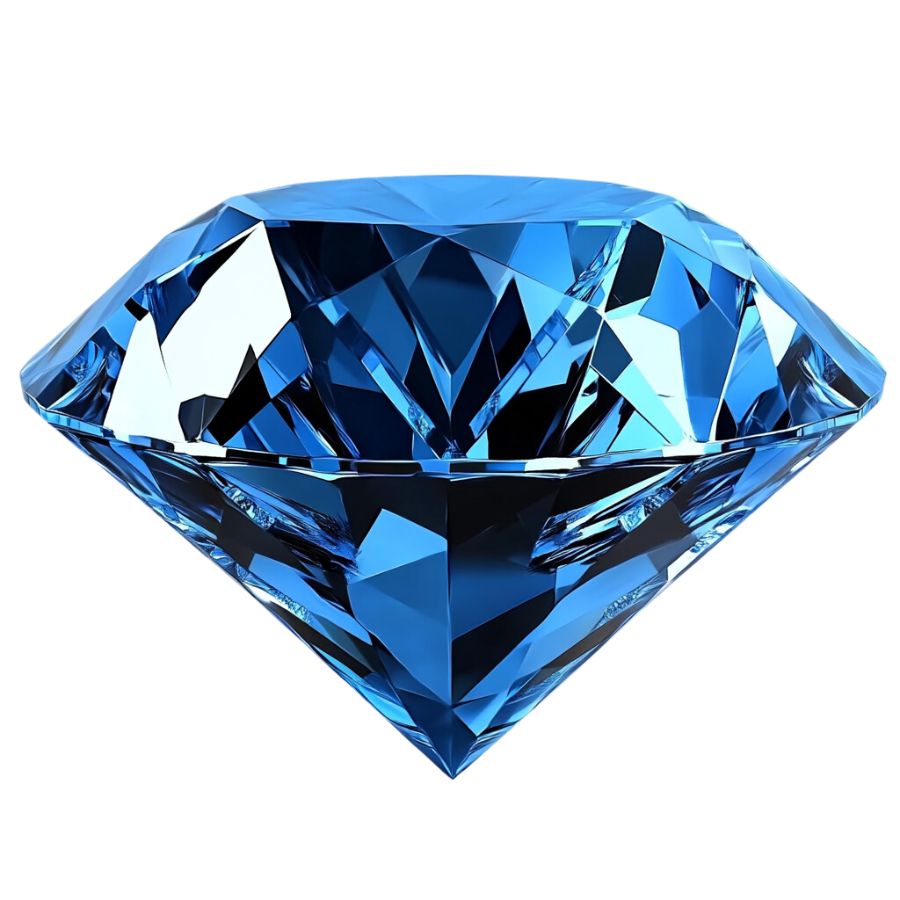
The color of the blue diamond can range from a soft, icy blue to a deep, vivid shade. This striking blue comes from boron in the diamond’s crystal structure. It’s a rare occurrence in nature, making these diamonds very uncommon.
One cool thing about blue diamonds is how they react to ultraviolet light. Many of them show a unique glow called fluorescence. This can make their color even more impressive under certain lighting.
Blue diamonds have some famous examples. The Hope Diamond is probably the most well-known. It’s known for being the largest diamond weighing 45.52 carats. It’s current value is estimated to be US$200–350 million.
Red Diamond
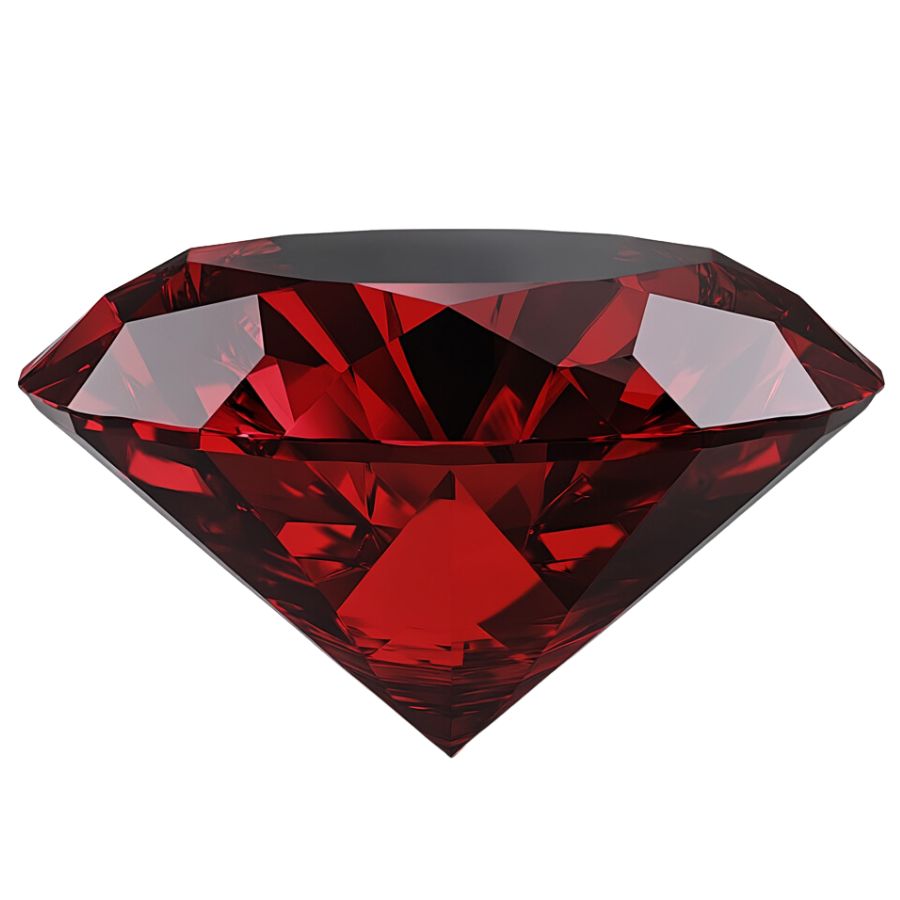
Red diamonds are incredibly rare and highly prized. Their distinct red color comes from structural imperfections in the diamond’s crystal lattice, not from chemical impurities like other colored diamonds.
These diamonds are so rare that very few have ever been found. Each discovery of a red diamond is a significant event in the gemstone world.
Their rarity makes them even more valuable than pink or blue diamonds, which are already considered extremely precious.
Some famous red diamonds have captured public attention. The Moussaieff Red from Brazil and the Kazanjian Red Diamond from South Africa are notable examples.
In 1987, a red diamond (Hancock Diamond) sold at auction for a record-setting $927,000, highlighting the extraordinary value placed on these rare gems.
Pink Diamond
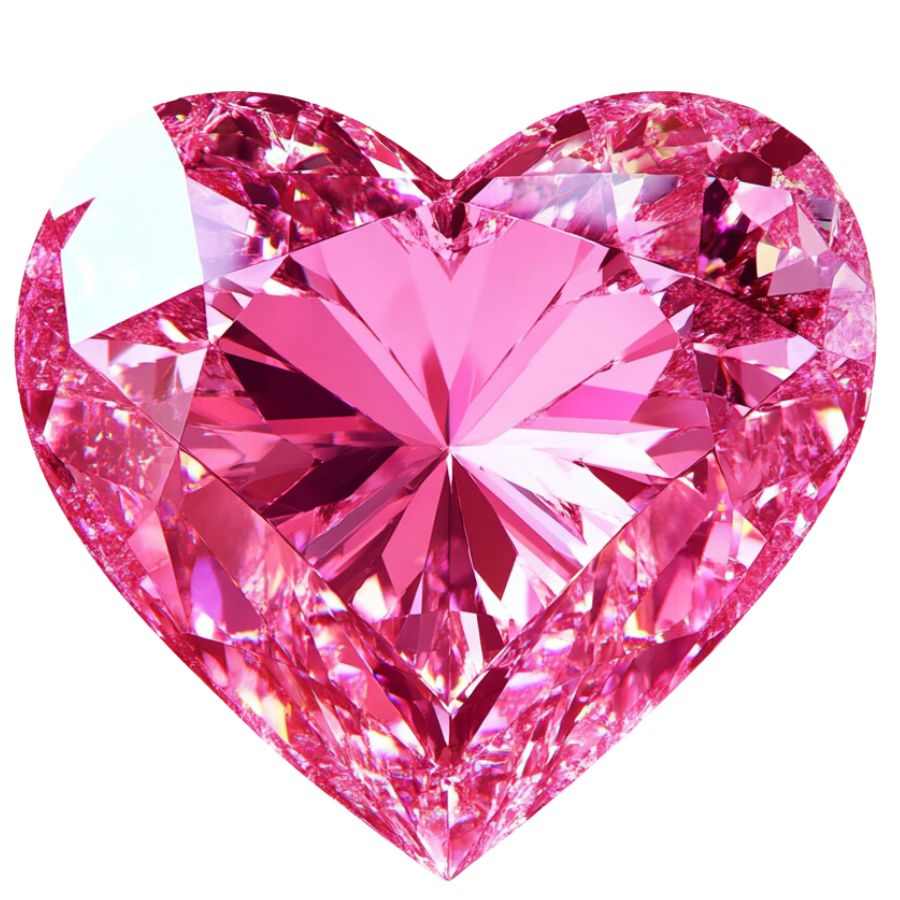
Pink diamond’s color can be a soft, delicate pink or a deep, vivid rose. What’s interesting is that scientists aren’t entirely sure why they’re pink. It’s thought to be due to a twist in their crystal structure, not because of any specific element.
These diamonds are incredibly scarce. For every million carats of rough diamonds mined, only one carat might be a pink diamond. This rarity makes them highly prized by collectors and jewelers.
Even small pink diamonds can be worth a lot because of their rarity. They’re often used in high-end jewelry, where their unique color makes a big impact.
Green Diamond
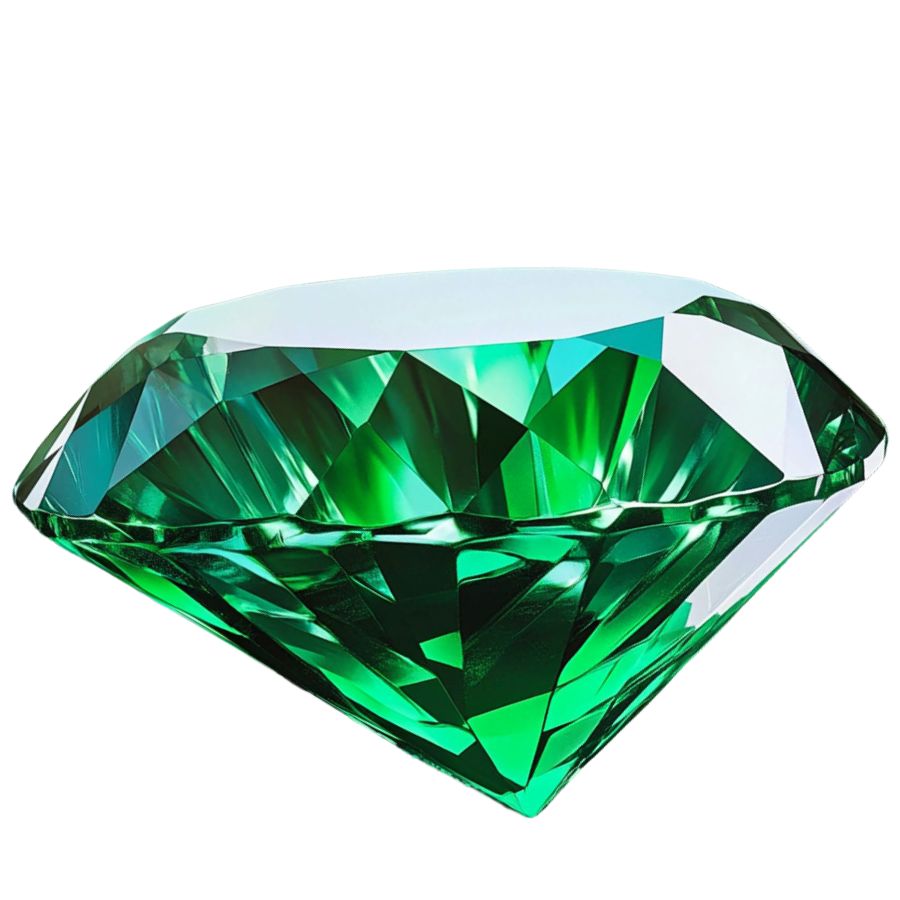
Green diamonds are some of the most unusual and unique colored diamonds. Their color can range from a light mint to a deep forest green
What makes them special is how they get their color. It’s not from a chemical element, but from exposure to natural radiation over millions of years.
This natural coloring process is incredible. It happens when diamonds are near radioactive rocks deep in the earth. The radiation changes the diamond’s crystal structure, creating the green color.
Green diamonds often show unique light effects. Some might have a strong glow under certain lights, adding to their allure.
What Rough Diamonds Look Like
Rough diamonds can be challenging to identify. Below are a few proven techniques that will make it easier for you to identify the rough diamond.
But real quick before we get into the specifics:
If you want REAL results finding incredible rocks and minerals you need one of these 👇👇👇
Finding the coolest rocks in isn’t luck, it's knowing what to look for. Thousands of your fellow rock hunters are already carrying Rock Chasing field guides. Maybe it's time you joined the community.
Lightweight, mud-proof, and packed with clear photos, it’s become the go-to tool for anyone interested discovering what’s hidden under our red dirt and what they've already found.
Join them, and make your next rockhounding trip actually pay off.
What makes it different:
- 📍 Find and identify 140 incredible crystals, rocks, gemstones, minerals, and geodes across the USA
- 🚙 Field-tested across America's rivers, ranchlands, mountains, and roadcuts
- 📘 Heavy duty laminated pages resist dust, sweat, and water
- 🧠 Zero fluff — just clear visuals and straight-to-the-point info
- ⭐ Rated 4.8★ by real collectors who actually use it in the field
Check for a Glassy or Waxy Luster
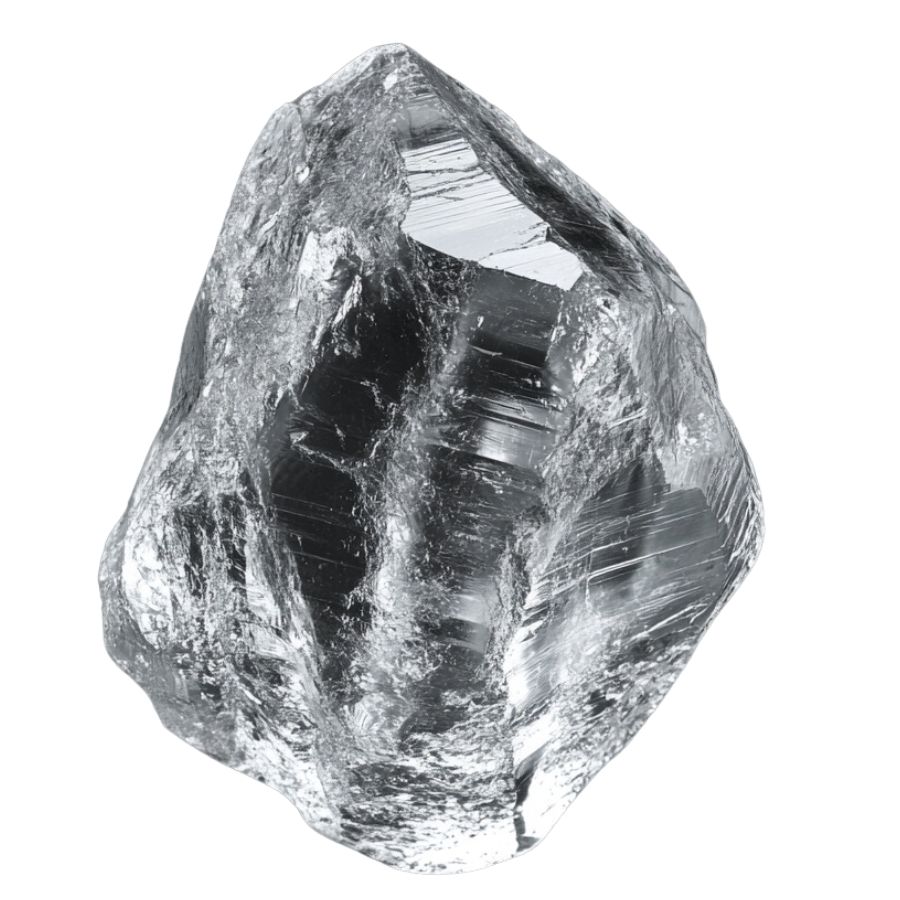
One of the most noticeable features of a rough diamond is its luster. Uncut diamonds often have a glassy or waxy appearance.
This is because the rough surface scatters light differently than a smooth, cut surface.
Look for an Octahedral Shape
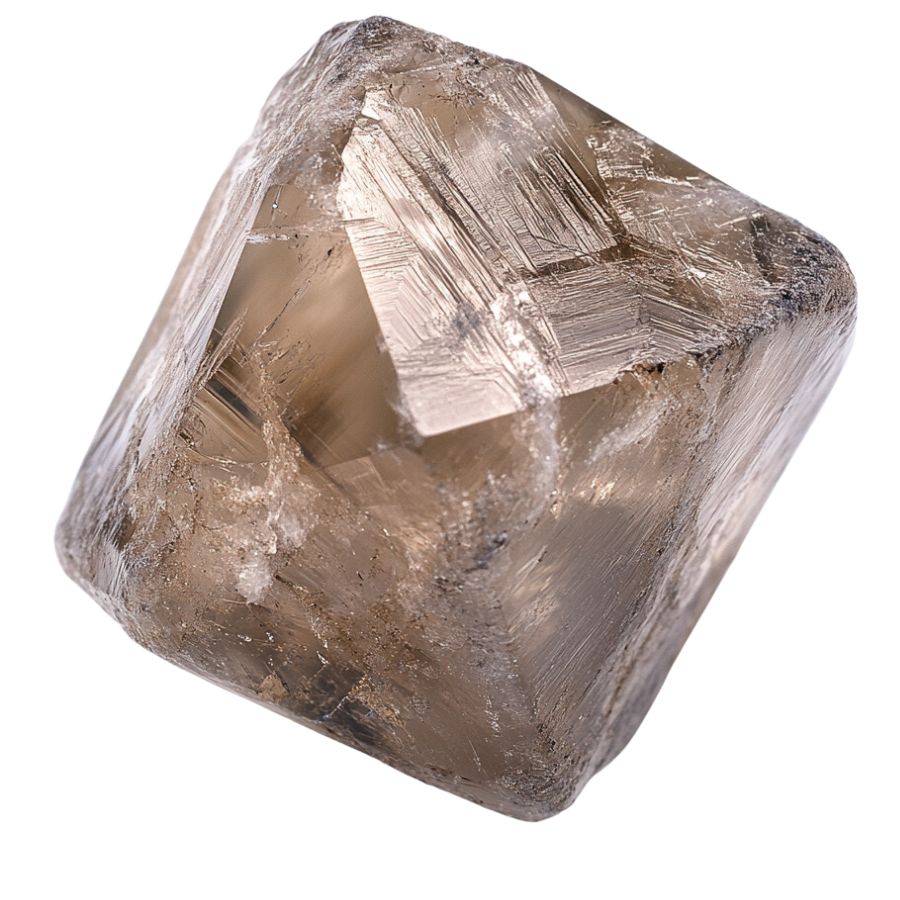
Rough diamonds typically take on an octahedral shape, which resembles two pyramids joined at the base. This shape is a result of the diamond’s cubic crystal structure.
However, not all rough diamonds will have a perfect octahedral form, as they can be distorted or irregular due to natural forces during formation.
Assess the Density and Weight
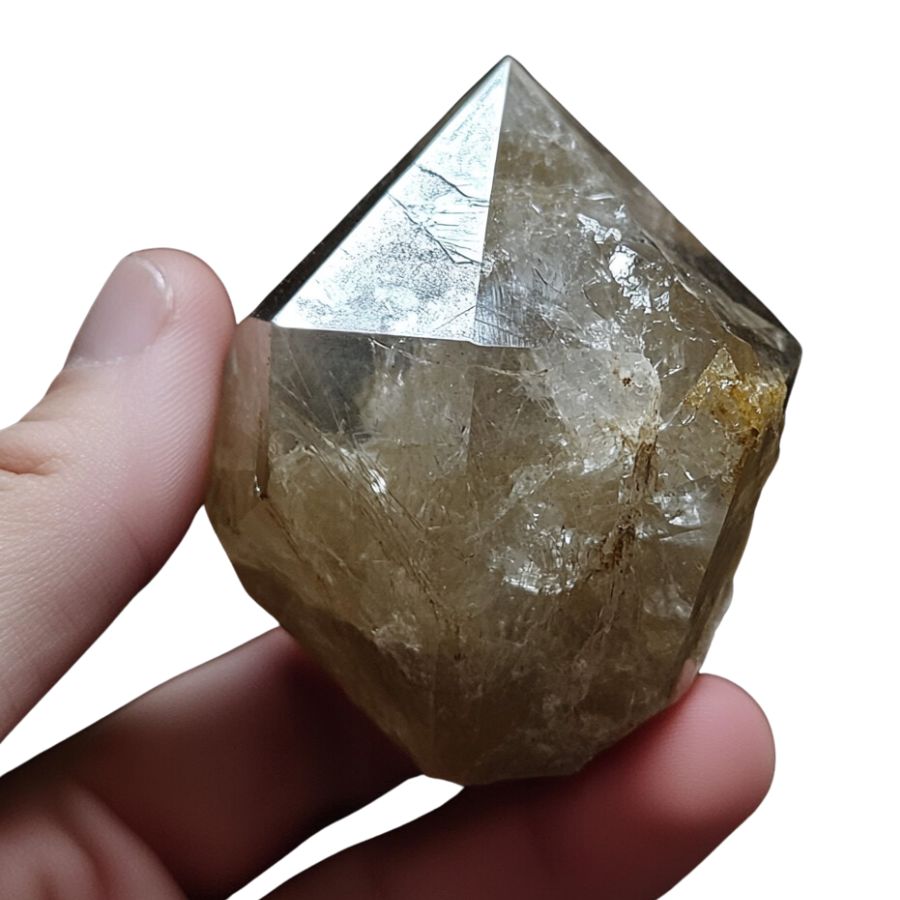
Diamonds are known for their density and weight. A rough diamond will feel heavy for its size compared to other stones.
You can test this by holding the stone in your hand and comparing it to a known non-diamond.
Look for a Crystalline Texture
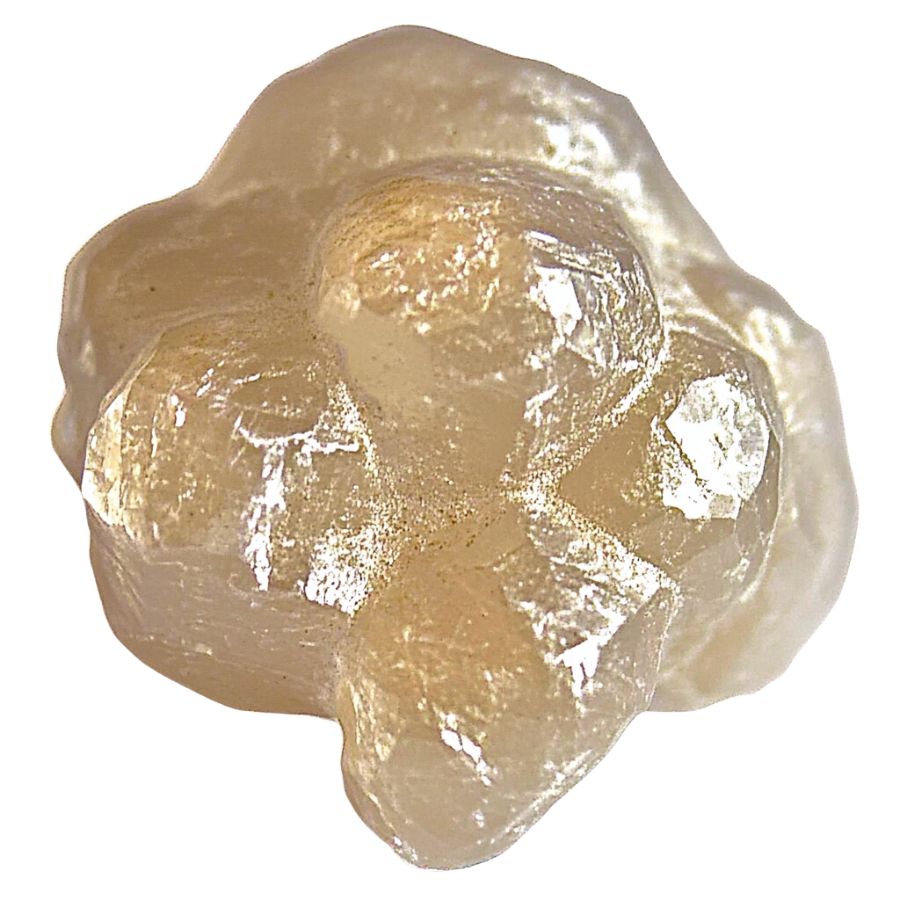
When examining a rough diamond, you may notice a distinct crystalline texture on its surface.
This is due to the diamond’s atomic structure and can help distinguish it from other minerals or synthetic stones.
A Quick Request About Collecting
Always Confirm Access and Collection Rules!
Before heading out to any of the locations on our list you need to confirm access requirements and collection rules for both public and private locations directly with the location. We haven’t personally verified every location and the access requirements and collection rules often change without notice.
Many of the locations we mention will not allow collecting but are still great places for those who love to find beautiful rocks and minerals in the wild without keeping them. We also can’t guarantee you will find anything in these locations since they are constantly changing.
Always get updated information directly from the source ahead of time to ensure responsible rockhounding. If you want even more current options it’s always a good idea to contact local rock and mineral clubs and groups
Tips on where to look
Once you get to the places we have listed below there are some things you should keep in mind when you’re searching:
Look in Sedimentary Rocks
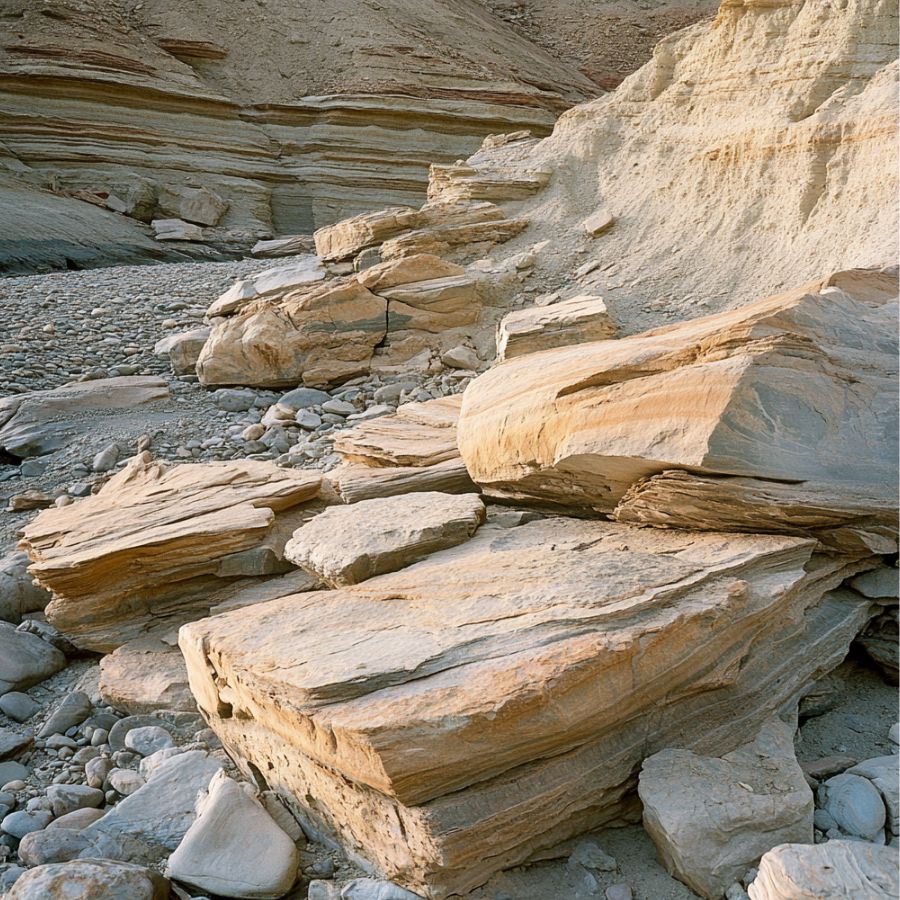
Sedimentary rocks are a great place to start. These rocks form from layers of materials that have settled over time.
Diamonds can be found in these layers. Look for areas where the rock has been worn down or eroded. This is where diamonds might be exposed.
Explore Riverbeds
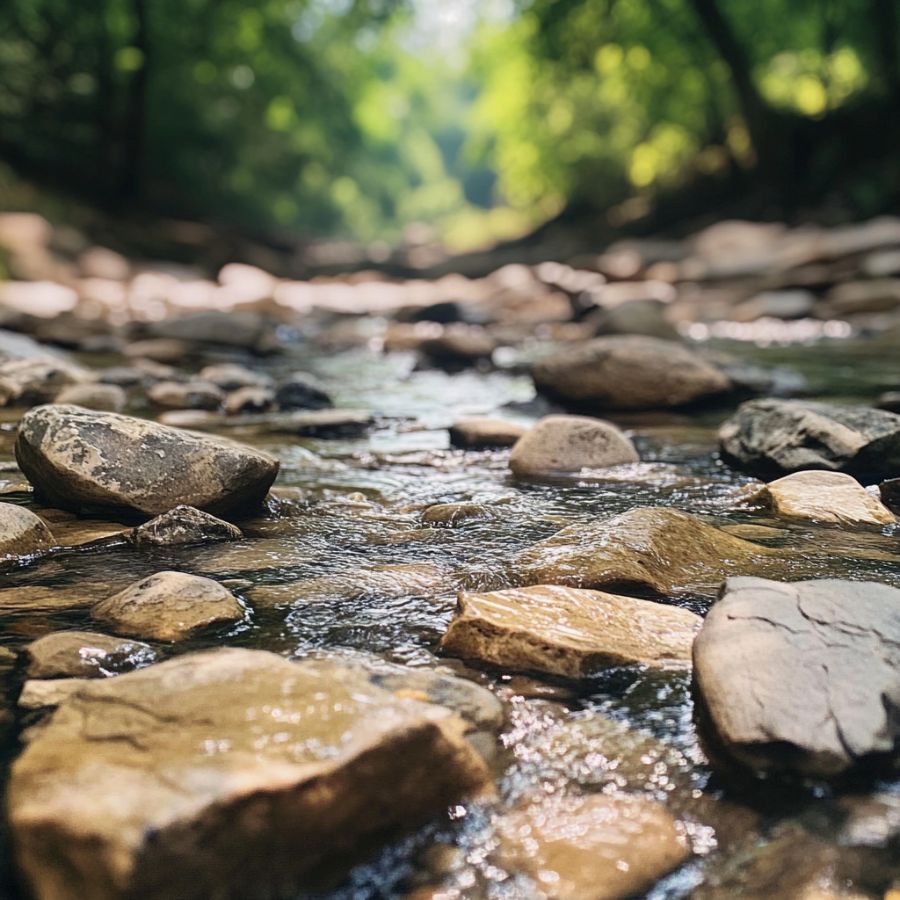
Rivers are another excellent spot. Over time, water carries diamonds downstream. Look for gravel beds in rivers. These spots can hold diamonds that have been washed away from their original location.
Pay attention to bends in the river. These areas often collect heavier materials, including diamonds.
Check Old Mining Sites
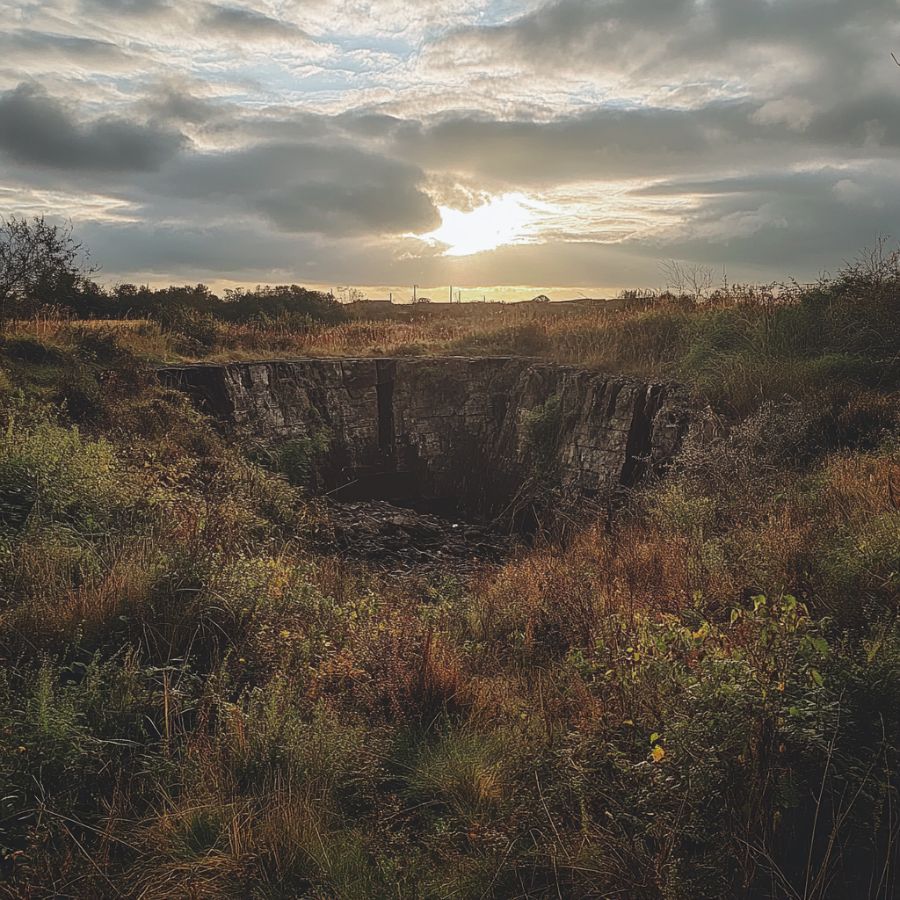
Old mining sites are worth exploring. Many diamonds were left behind during past mining activities.
Look for areas where mining was done in the past. Even if the site is no longer active, it can still be a good place to find hidden gems.
Investigate Hillsides
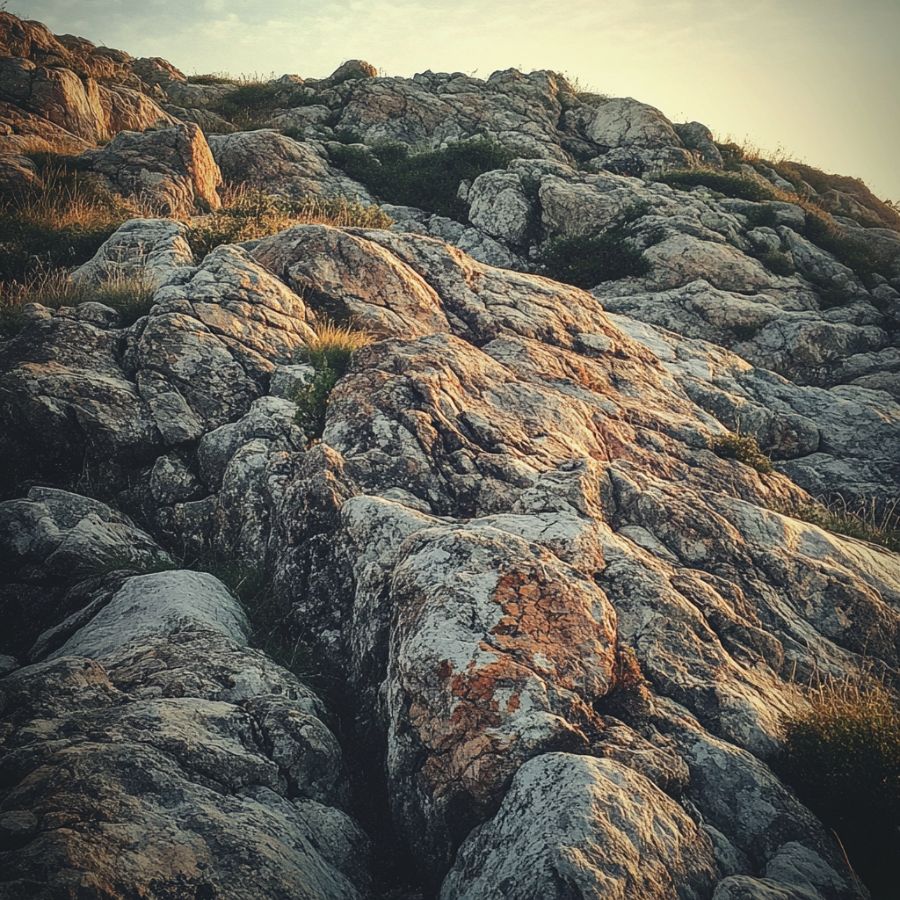
Hillsides can also be promising. Erosion can expose diamond-bearing rocks. Look for loose soil or rock on slopes.
These areas may reveal diamonds that have been pushed to the surface over time.
Some Great Places To Start
Here are some of the better places to start looking for Diamond in Oregon:
Always Confirm Access and Collection Rules!
Before heading out to any of the locations on our list you need to confirm access requirements and collection rules for both public and private locations directly with the location. We haven’t personally verified every location and the access requirements and collection rules often change without notice.
Many of the locations we mention will not allow collecting but are still great places for those who love to find beautiful rocks and minerals in the wild without keeping them. We also can’t guarantee you will find anything in these locations since they are constantly changing.
Always get updated information directly from the source ahead of time to ensure responsible rockhounding. If you want even more current options it’s always a good idea to contact local rock and mineral clubs and groups
Ochoco Mountains
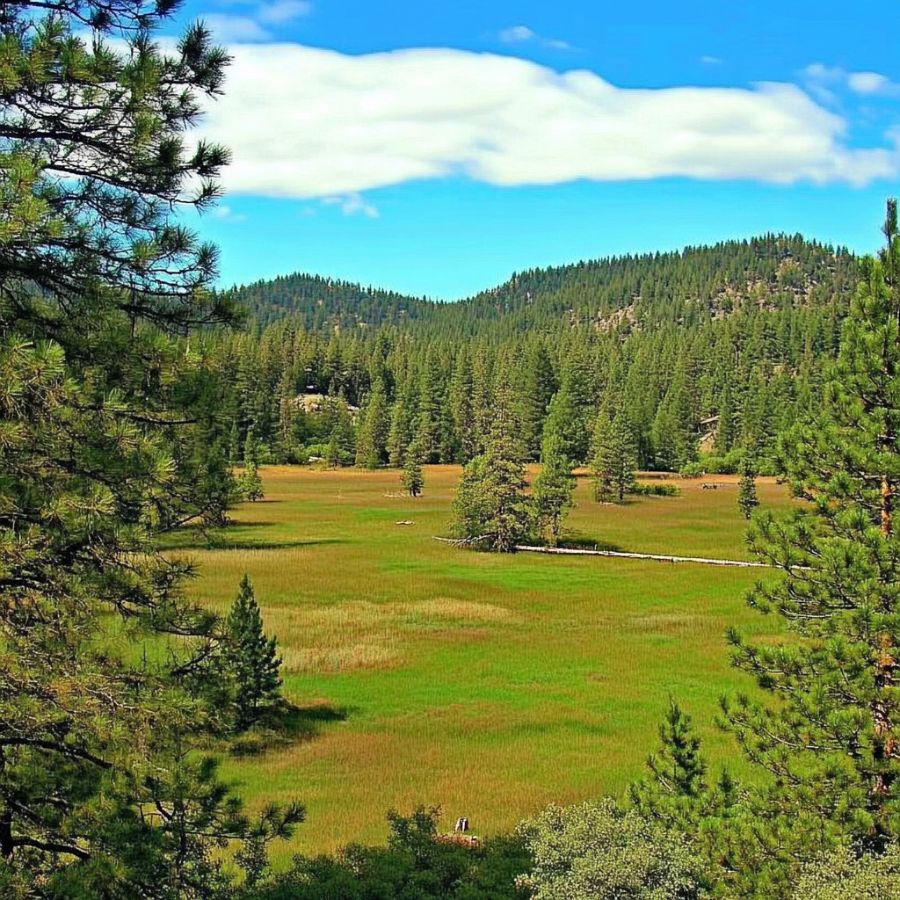
The Ochoco Mountains stretch across central Oregon as part of the Blue Mountains range. Located in Crook County, these mountains cover a large area of about 114 miles from north to south. Lookout Mountain, the highest peak, rises to 6,926 feet.
The mountains formed through volcanic activity millions of years ago. This created the Clarno Formation, which has rocks from different time periods like the Permian and Jurassic eras.
The area’s volcanic past makes it great for finding various minerals and gems. The mountains’ unique geology includes Steins Pillar, a tall rock formation shaped by years of erosion.
Diamond hunters often explore old mining sites in the Ochoco National Forest. The Blue Bucket Mine and Lost Cabin Mine are popular spots. Local stories tell of early settlers finding diamonds in these areas.
Graveyard Point
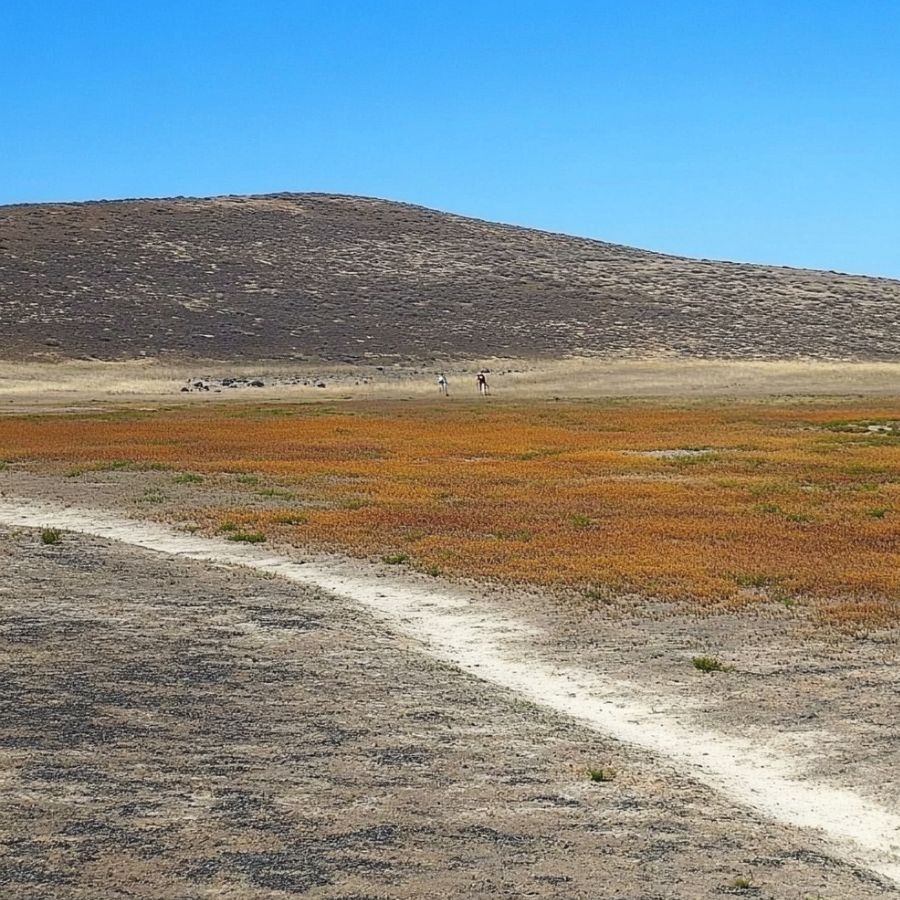
Graveyard Point is located in eastern Oregon, right near the Idaho border in Malheur County. The area features high desert terrain with rolling hills and is part of the larger Owyhee Canyon region.
The location is most famous for its stunning plume agates, which form in thick veins within basalt rocks. The rocks here formed from ancient volcanic activity, creating perfect conditions for gemstone formation.
Besides agates and diamonds, rockhounds can find jasper, petrified wood, and various types of quartz throughout the area.
Many rockhounds have had success finding gems by checking the cracks in basalt rocks, where clear chalcedony often forms. The area’s rich mineral deposits and unique volcanic history make it an interesting spot for gemstone hunters of all kinds.
Bear Creek

Bear Creek flows through the southwestern part of Crook County in Oregon’s Blue Mountains. The area sits where different geological zones meet, which makes it special for rock collectors.
The creek area shows off parts of the John Day Formation that you can’t easily see anywhere else. These rocks are cleaner and easier to study than in other places.
Besides diamonds, the area has a history of gold, uranium, and mercury mining. The Bear Creek Uranium Mine and Mercury Claim remind us of this mining past. For diamond hunting, focus on the areas around Bear Creek Butte and Maury Mountain.
The creek bed and nearby slopes are good places to look for minerals. The water has helped expose different rock layers over time, making it easier to find interesting stones.
Santiam River
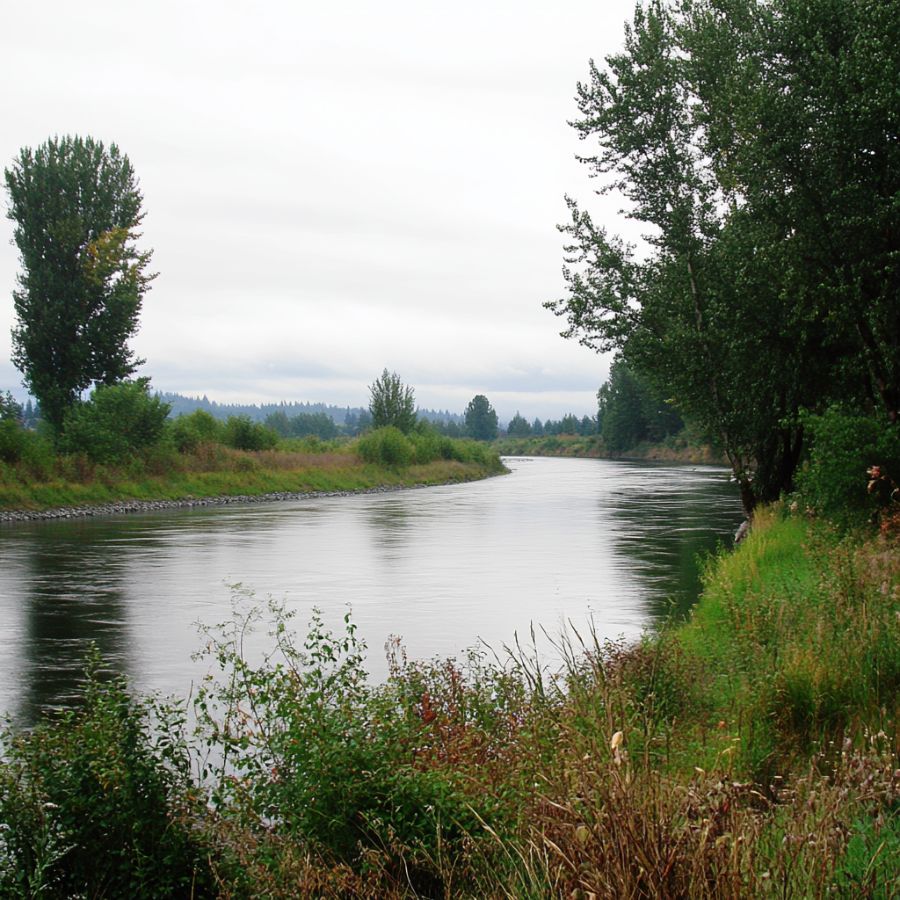
The Santiam River flows through western Oregon’s Linn County, starting where the North and South Santiam rivers meet. The river runs through areas filled with thick forests and rocky terrain, making it a prime spot for gemstone hunting.
Oregon’s geology makes it special for finding precious stones. The Santiam River area has volcanic rocks from millions of years ago, plus materials left behind by glaciers.
The river’s gravel bars and sediment deposits are the best places to look for diamonds and other stones. The best hunting spots are near Foster Lake and along the North Santiam River’s bends, where water naturally deposits heavier materials.
The area is also known for other gemstones like agates and jaspers. The mix of volcanic history and river action has created perfect conditions for forming and collecting various gems.
Places Diamonds have been found by county
After discussing our top picks, we wanted to discuss the other places on our list. Below is a list of the additional locations where we have succeeded, along with a breakdown of each place by county.
| County | Location |
| Jefferson | Priday Agate Beds |
| Malheur | Succor Creek |
| Jefferson | Richardson’s Rock Ranch |
| Malheur | McDermitt |
| Wheeler | White Fir Springs |
| Wheeler | Whistler Springs |
| Wasco | Antelope |
| Lake | Glass Buttes |
| Wasco | Mosier |
| Harney | Sunflower Flat |
| Wasco | Chenowith Creek |
| Crook | Sheep Creek |
| Wheeler | Harvey Creek |
| Crook | Forked Horn Butte |
| Wheeler | White Rock |
| Harney | Delintment Lake |
| Crook | Walton Lake |
| Crook | Antelope Flat Reservoir |
| Crook | Wildcat Campground |
| Tillamook | Nehalem River |
| Lincoln | Agate Beach |
| Lincoln | Yachats |
| Lane | Mt. Pisgah |
| Douglas | Cedar Springs Mountain |
| Douglas | Umpqua River |
| Jackson | Eagle Rock |


